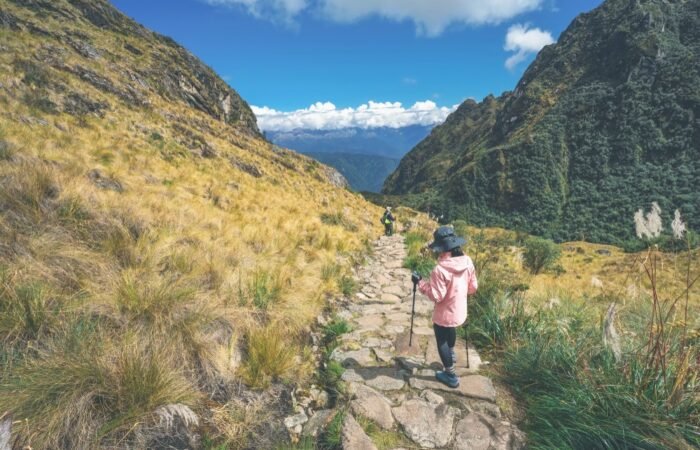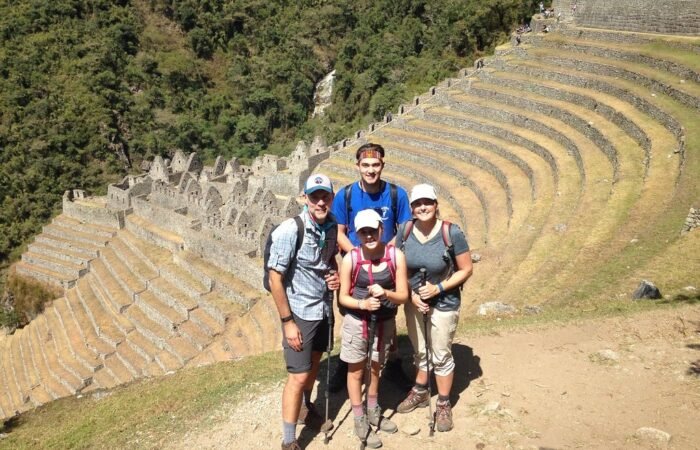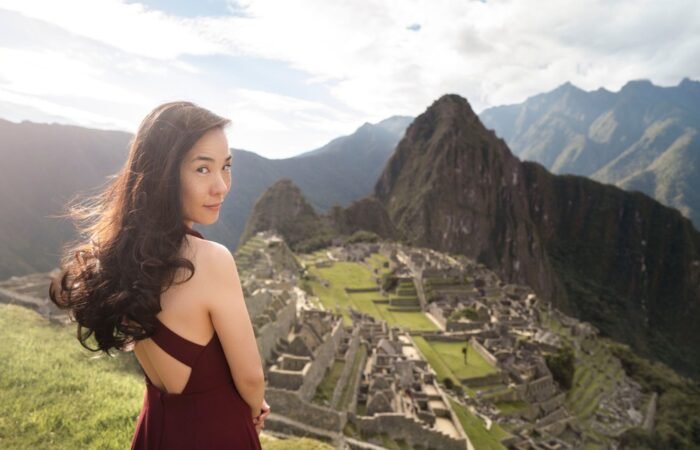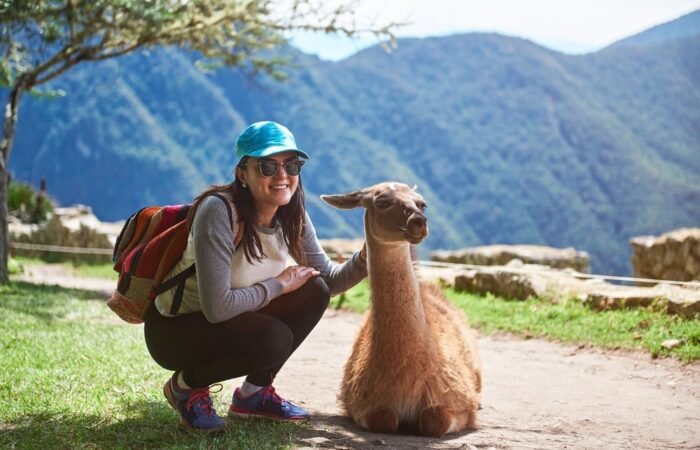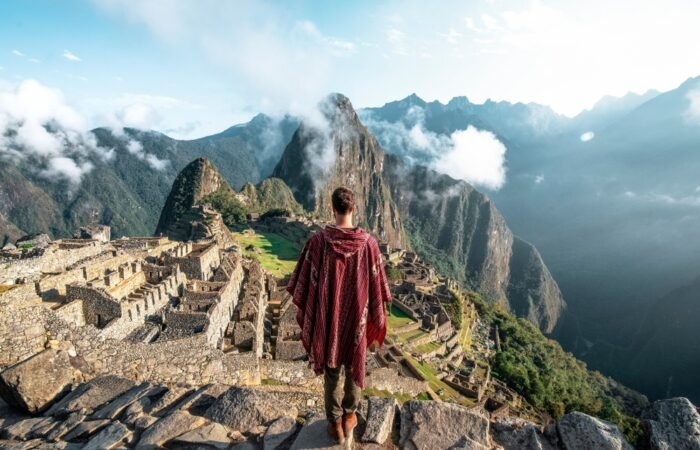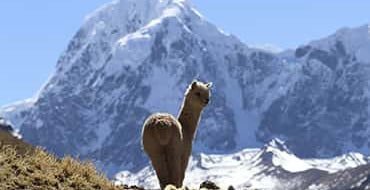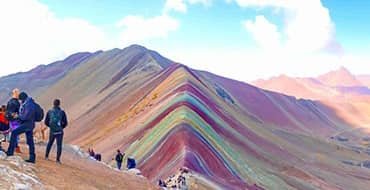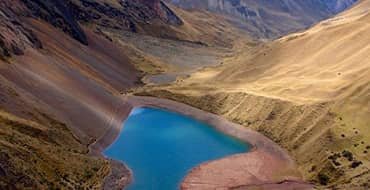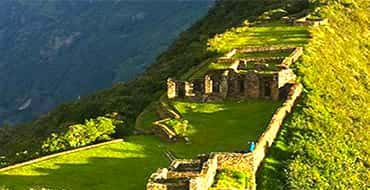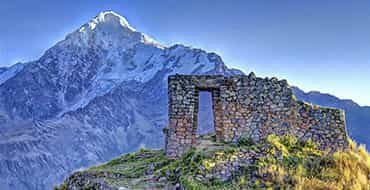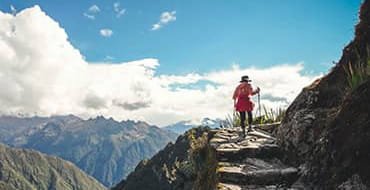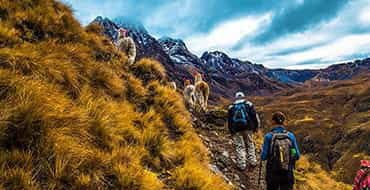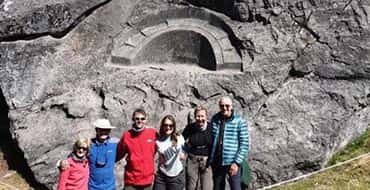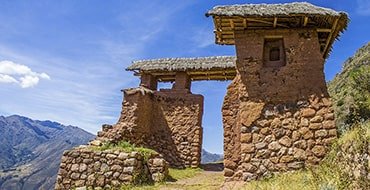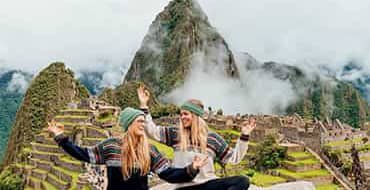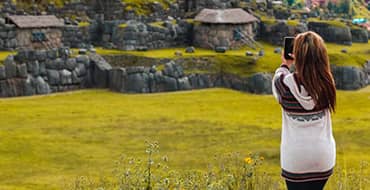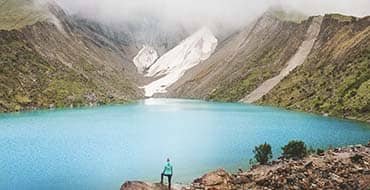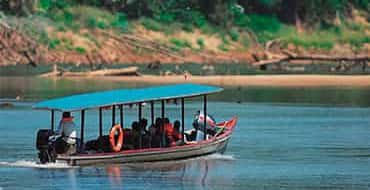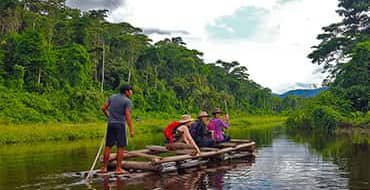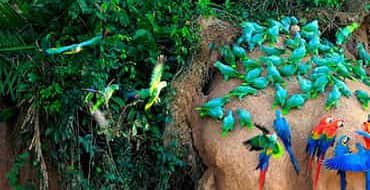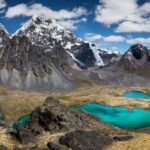

Introduction to Huayna Picchu
Huayna Picchu, translating to “Young Mountain” in the Quechua language, is a prominent feature in the Peruvian Andes, located within the UNESCO World Heritage site of Machu Picchu. This iconic mountain stands at an elevation of approximately 2,693 meters (8,835 feet) above sea level, offering breathtaking views of the surrounding landscape and the historic Incan ruins nestled at its base. The geographical significance of Huayna Picchu is not limited to its height; it serves as a natural sentinel to the ancient citadel with which it is intricately associated.
This landmark holds considerable historical importance for the Incan civilization, believed to have been a site of spiritual significance and possibly a royal retreat. Chosen by the Incas for its strategic position, it is thought that the mountain may have played a role in agricultural experimentation, mainly because of its varied climate and terrain. The terraces that adorn its slopes suggest a rich agricultural history, which indicates that the Incas maximized their environment to ensure sustainability.
Huayna Picchu has captured the attention of adventurers and historians alike, standing as a symbol of Incan ingenuity and resilience. The structure of the mountain itself not only enhances the magnificent views of Machu Picchu but also adds depth to the understanding of how the Incan people interacted with their environment. Modern-day visitors trek up the steep paths and narrow trails to reach its summit, gaining insights into the sophisticated engineering skills of the Incas while appreciating the raw beauty of the Andean highlands.


The Architecture of Huayna Picchu
Huayna Picchu, a prominent mountain adjacent to the ancient Inca citadel of Machu Picchu, showcases remarkable examples of Inca architecture that are both distinct and functional. The structures found here reflect the ingenuity and sophisticated engineering techniques of the Incas, which were adapted to the mountainous terrain. Unlike traditional architectural styles, the Inca construction methods incorporated locally sourced materials, such as granite, to create buildings that not only withstood the test of time but also harmonized with the natural landscape.
One of the most significant structures at Huayna Picchu is the Temple of the Moon, believed to have been a center for religious ceremonies and possibly for celestial worship. This temple features intricately carved niches and altars, demonstrating the Incas’ attention to detail and their understanding of astronomical alignments. The use of trapezoidal doorways and windows, a signature element of Inca architecture, can also be observed throughout the site. These features were not merely decorative; they served practical purposes, such as enhancing the stability of the structures against seismic activity.
Another key architectural highlight of Huayna Picchu is the system of terracing found on the mountain’s slopes. These terraces were essential for agriculture, allowing the Incas to cultivate crops in otherwise challenging conditions. The careful layout and the methods utilized in building these terraces illustrate the advanced agricultural engineering techniques employed by the civilization. Additionally, the pathways leading up to the top of Huayna Picchu are constructed with precision, demonstrating an understanding of logistics and function that was vital for trade and communication within the expansive Inca Empire.
Overall, the architecture of Huayna Picchu serves as a testament to the skill and creativity of the Incas. The structures not only fulfilled practical purposes but also embodied the spiritual and cultural ethos of an ancient civilization that harmonized its existence with the surrounding environment.
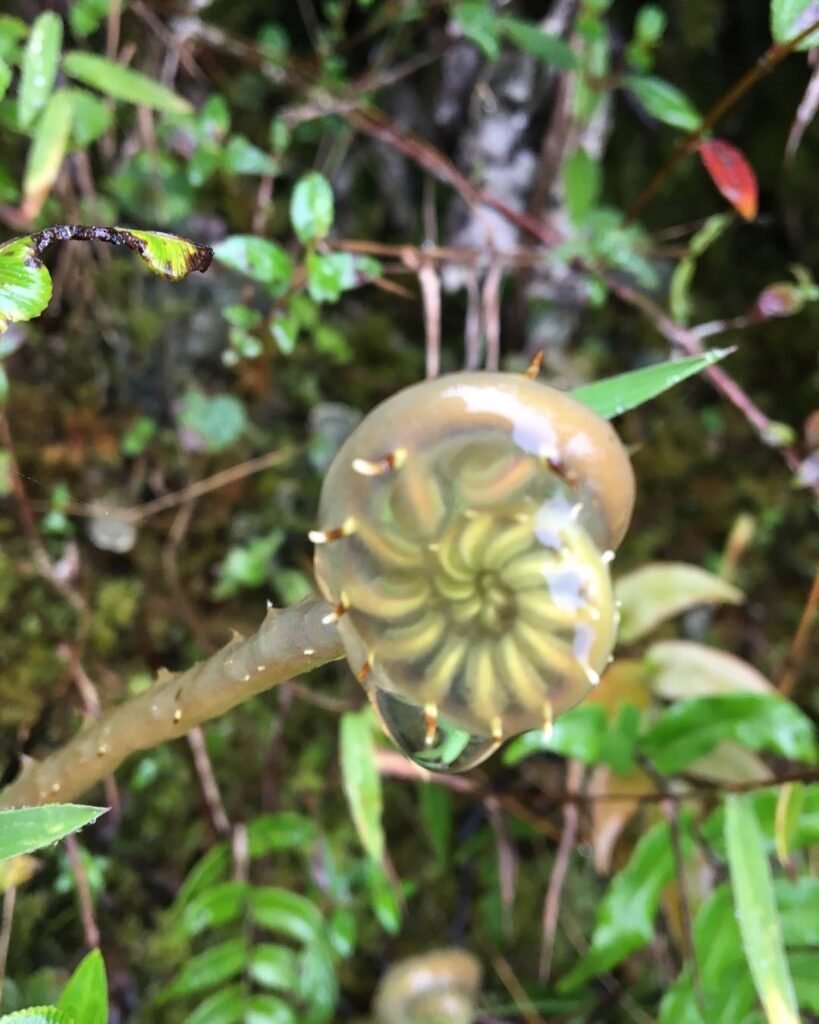

Flora and Fauna of Huayna Picchu
Huayna Picchu is not just an impressive mountain known for its archaeological significance; it also boasts a rich biodiversity that is vital to the ecosystem of the region. The flora surrounding Huayna Picchu includes a variety of native plant species that have adapted to the unique climatic and geographic conditions of the area. Among these, several medicinal plants are notable, including muña, a traditional herbal remedy used for various ailments, and various species of orchids that thrive in the moist, shaded environments of the mountain.
The mountain’s high-altitude cloud forest creates an ideal habitat for a diverse range of flora. The evergreen trees, such as the Andean oak, provide shelter and nourishment for many species. Ferns also flourish in this environment, covering the ground with lush greenery. The presence of bromeliads is noteworthy, as they play a significant role in water retention and offer a microhabitat for various organisms. These plants contribute to the ecological balance by preventing soil erosion and maintaining humidity levels crucial for other species.
In addition to its vibrant plant life, Huayna Picchu is home to a variety of wildlife. This area serves as a protective habitat for many bird species, including the majestic Andean condor and the colorful tanagers. The region also houses several mammal species, such as the spectacled bear and various rodents, which play important roles in seed dispersal and maintaining the health of the ecosystem. The intricate interrelationships between the flora and fauna of Huayna Picchu underscore its ecological significance, making it a vital area for conservation efforts.
Understanding and preserving the biodiversity of Huayna Picchu is crucial for maintaining the ecological balance of this unique region. The convergence of distinct plant and animal species creates a dynamic ecosystem that reflects the importance of this mountainous area in the wider context of environmental health and conservation.


The Journey to Huayna Picchu
Huayna Picchu Mountain is a striking landmark located adjacent to the ancient ruins of Machu Picchu. To enjoy this breathtaking trek, it is essential to plan ahead, as visiting hours and regulations are strictly enforced to preserve the area’s natural and cultural heritage. The visiting hours for Huayna Picchu generally run from 6:00 AM to 2:00 PM, allowing travelers ample opportunity to experience the majestic views and unforgettable atmosphere of this iconic site.
Due to the growing popularity of Huayna Picchu, ticket availability is limited. Visitors are strongly encouraged to book their tickets in advance, as daily access is restricted to a certain number of climbers. Tickets can be obtained online or through authorized vendors, typically allowing entry to the mountain and the renowned Machu Picchu site. Be sure to secure your tickets early, as they can sell out quickly, particularly during peak seasons. To ensure a hassle-free experience, it is recommended to check for any updates or changes regarding ticketing before your trip.
When preparing for your ascent to Huayna Picchu, it is vital to adhere to the established regulations for climbing. Proper footwear is essential; comfortable hiking shoes are recommended to navigate the steep and often uneven terrain. Visitors should also be aware of safety guidelines that prohibit reckless behavior, such as climbing on guardrails or venturing off marked paths. It is crucial to respect the environment and local wildlife. Finally, as an elevation of approximately 2,720 meters (8,900 feet) is reached, travelers should acclimatize and remain hydrated to avoid altitude sickness.

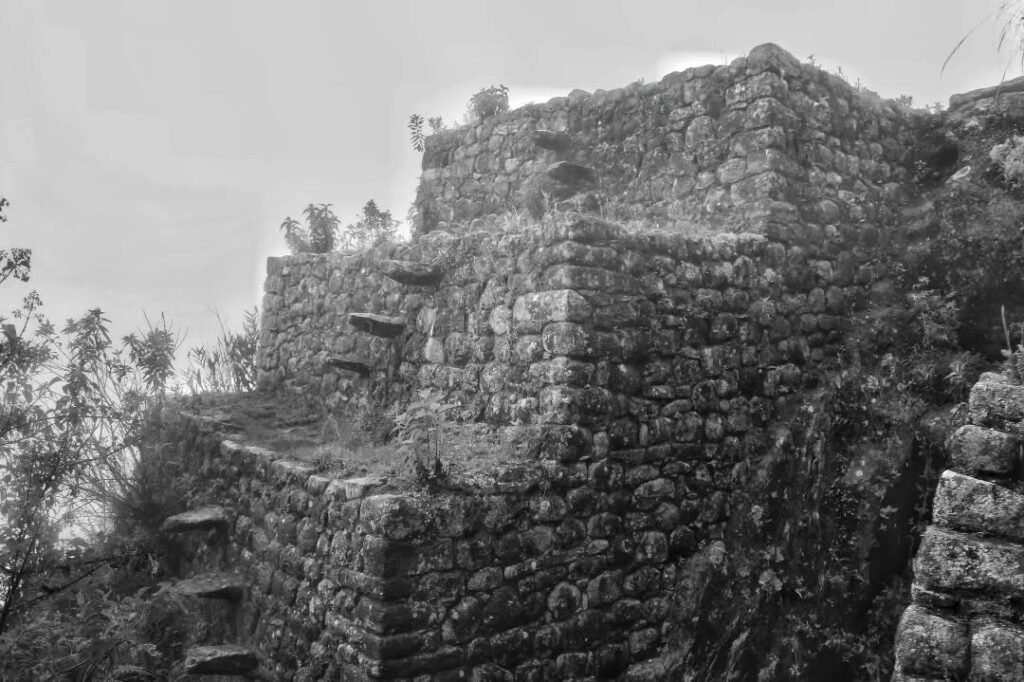
Cultural Significance of Huayna Picchu
Huayna Picchu holds a prominent place in the cultural narrative of Peru, particularly for the local Quechua people. This mountain, which rises dramatically above the archaeological site of Machu Picchu, is not only an iconic landmark but also a symbol of spiritual significance and historical continuity. Among the Quechua, Huayna Picchu is associated with ancestral legends that highlight its role in the landscape of their rich cultural heritage. According to some traditions, the mountain is revered as a sacred place, believed to house the spirits of their forebears. This deep-rooted connection showcases the intertwining of nature and spirituality in the Quechua worldview.
Legends surrounding Huayna Picchu often describe it as a site of pilgrimage and reverence, where rituals and offerings would be made to the deities believed to reside within its peaks. The practices connected to the mountain have been preserved and continue to be observed by local communities. These cultural expressions not only reinforce the Quechua identity but also contribute to the ongoing narrative of Peru’s history, providing a living link between the past and present.
However, the rise in global tourism presents both opportunities and challenges for the preservation of this historic site. As more visitors come to experience the beauty of Huayna Picchu, efforts to maintain the integrity of its cultural significance are increasingly paramount. Local organizations and authorities are working diligently to balance the influx of tourists while ensuring that the traditions and stories of the Quechua people are respected and preserved. This ongoing dialogue between modernity and tradition is crucial for safeguarding the cultural fabric of Huayna Picchu, allowing it to remain not only a geographical landmark but also a profound symbol of the heritage of the Quechua people and Peruvian culture at large. In conclusion, the cultural significance of Huayna Picchu extends far beyond its physical form, embodying a vital connection to history, spirituality, and community identity.

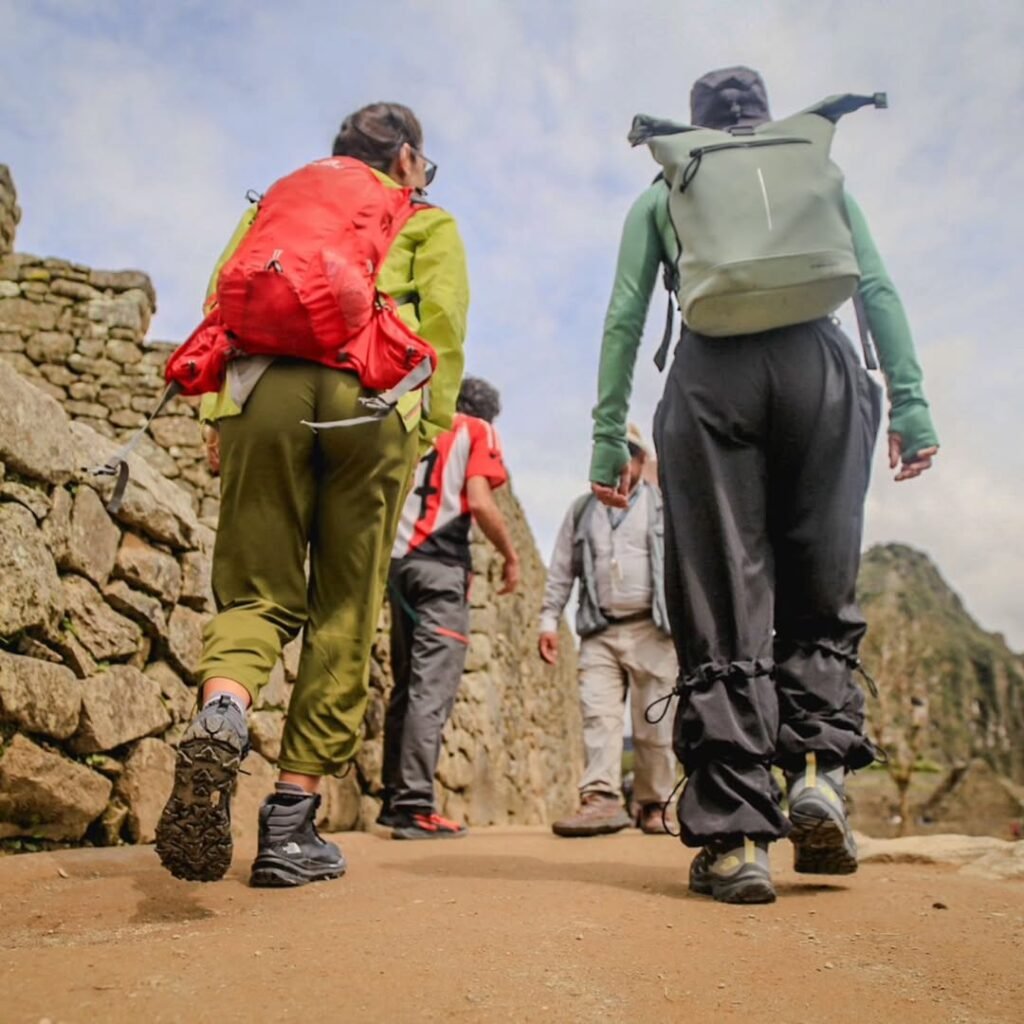
Best Time to Visit Huayna Picchu
Determining the best time to visit Huayna Picchu is crucial for maximizing the experience of this magnificent mountain. It is situated in the Andean region of Peru and embodies the unique climate characterized by two primary seasons: the dry season and the wet season. The dry season generally extends from May to September, offering clear skies and mild temperatures ideal for trekking. During these months, visitors can expect stable weather conditions, which enhance visibility and make the ascent safer and more enjoyable.
However, the dry season also coincides with peak tourist traffic, particularly during July and August. Travelers may encounter larger crowds at Huayna Picchu and surrounding attractions, potentially impacting the overall experience. Moreover, advanced booking is recommended during this period due to limited access permits, which could be a drawback for last-minute planners. It is also important to consider the higher accommodation prices and the necessity to secure reservations well in advance.
On the other hand, visiting during the wet season from October to April can present both advantages and challenges. Although heavy rainfall leads to muddy trails and possible closures, there are fewer tourists, allowing for a more solitary exploration of the mountain and its ruins. The landscape is lush and vibrant during the rainy season, offering unique photographic opportunities. Nonetheless, the risk of landslides and slippery paths necessitates caution while hiking.
Ultimately, the choice of when to visit Huayna Picchu will depend on personal preferences, desired experiences, and willingness to adapt to varying weather conditions. Visitors should consider both the pros and cons of each season to plan their adventure most effectively.


Photography Tips for Huayna Picchu
Capturing the majestic beauty of Huayna Picchu requires a thoughtful approach to photography. With its rich landscape, historic ruins, and breathtaking vistas, this site offers numerous opportunities for stunning shots. To help you achieve the best results, consider the following practical tips directed at both amateur and professional photographers.
One of the first steps is selecting the right time for your photography session. Early mornings, just after sunrise, provide a soft golden light that can beautifully illuminate the mountain’s contours and architectural remains. Moreover, the weather tends to be more stable in the morning, which can mitigate the chances of fog or clouds obscuring your view. Late afternoons, approaching sunset, also offer dramatic lighting, giving a chance to capture Huayna Picchu in warmer tones, with the sun dipping below the horizon providing a perfect backdrop.
When it comes to choosing viewpoints, several spots around the area are particularly noteworthy. The Inca Trail leading up to the peak gives access to varied angles, allowing you to capture the ruins intertwined with the lush greenery. The view from the summit is another must-see; it presents a sweeping panorama of the Sacred Valley and Machu Picchu itself. For enhanced composition, consider utilizing a tripod to maintain stability and achieve sharper images, especially in low-light conditions.
In terms of landscape photography, incorporating foreground elements such as pathways, flowers, or unique rock formations can create depth and context within your images. Additionally, the rule of thirds is an excellent guideline for balanced composition. Experimenting with different focal lengths and angles will help showcase the grandeur of Huayna Picchu from various perspectives. Be patient and allow yourself time to capture the essence of this remarkable mountain.

Conclusion and Final Thoughts
Huayna Picchu Mountain stands as a testament to the remarkable interplay between history and nature, drawing visitors from around the world to experience its awe-inspiring beauty and profound cultural significance. Nestled adjacent to the renowned Machu Picchu, Huayna Picchu offers a unique perspective on Inca civilization, showcasing the profound architectural and engineering prowess of its builders. Beyond its historical allure, the mountain’s stunning vistas and diverse ecosystems highlight the importance of preserving such natural wonders for future generations.
For those planning to embark on a journey to this iconic site, it is vital to approach the experience with respect and mindfulness. Visitors should prioritize sustainable tourism practices, which include minimizing waste, staying on designated paths, and respecting local customs and wildlife. This conscious approach not only protects the fragile environment of Huayna Picchu but also enriches the travel experience, allowing for a deeper connection with both the site and its enduring history.
Additionally, it is wise to prepare adequately for the trek to Huayna Picchu. This entails understanding the physical demands of the hike, securing necessary permits in advance, and considering the best time of year to visit for optimal weather conditions. Engaging the services of experienced guides can enhance the experience, providing valuable insights into the archaeological features and natural wonders found along the way.
In closing, Huayna Picchu Mountain is not merely a destination but a profound narrative of humanity’s past intertwined with the natural world. As visitors revel in its grandeur, they are encouraged to appreciate the delicate balance of preserving this remarkable site through responsible practices that ensure its future sustainability. Making informed choices during your visit can help maintain the integrity of Huayna Picchu, allowing others to experience its splendor for years to come.
